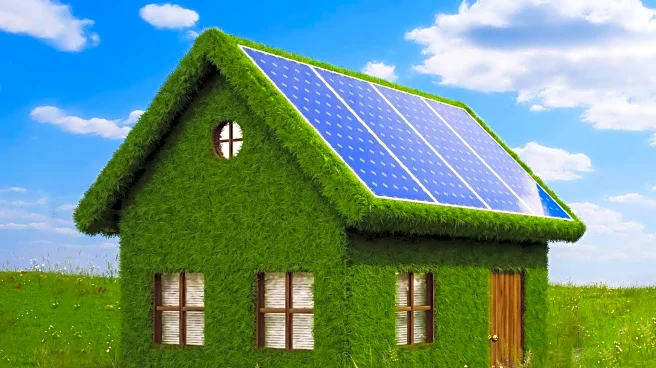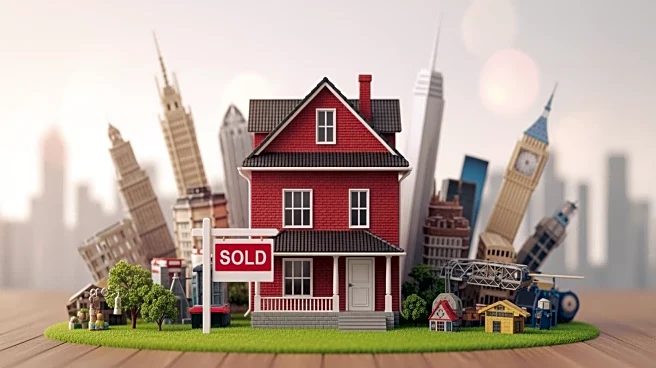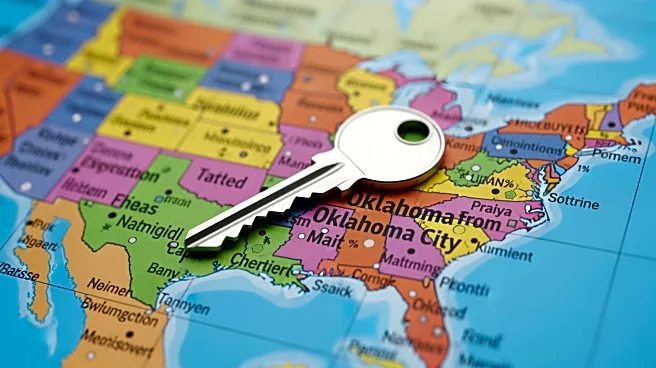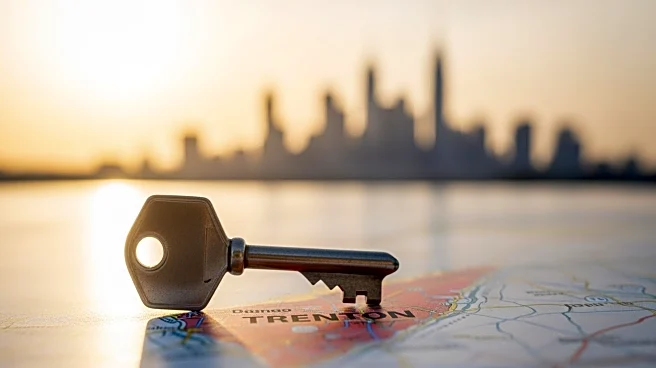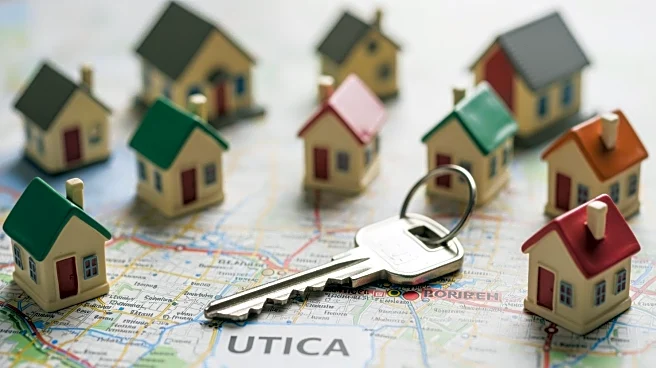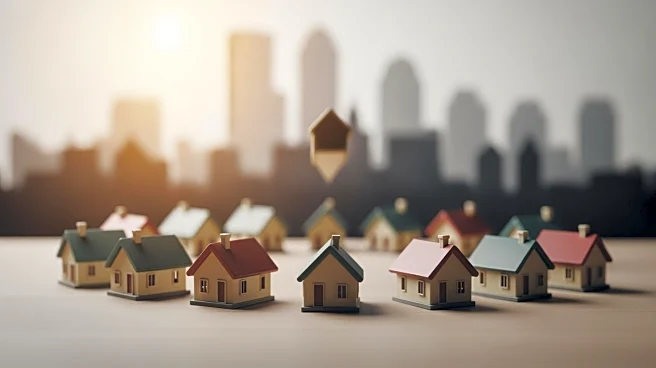What's Happening?
Realtor.com has released its 2025 Home Trends Report, highlighting a shift in U.S. homeowners' preferences towards sustainable and tech-forward features. The report indicates a significant increase in listings
mentioning WaterSense Fixtures, which reduce water usage by at least 20%, with a 289.6% year-over-year rise. These homes have a median listing price of approximately $628,000, appealing to mid- to upper-tier markets. Other notable trends include Net-Zero Ready homes and EV Charging features, which have surged by 198% and 175%, respectively. The report also notes a growing interest in biophilic design, which integrates natural elements into living spaces, and outdoor low-voltage lighting, both reflecting a desire for mindful and sustainable living.
Why It's Important?
The shift towards sustainable and tech-integrated home features is significant as it reflects broader societal trends towards environmental consciousness and technological reliance. Homeowners are increasingly viewing eco-friendly upgrades as both lifestyle choices and smart financial investments, especially in light of rising energy costs and climate concerns. This trend could influence the real estate market by increasing the demand for homes with these features, potentially driving up prices in certain segments. Additionally, the emphasis on technology in homes highlights the ongoing impact of hybrid work models and digital lifestyles, suggesting a permanent change in how homes are designed and utilized.
What's Next?
As these trends continue to gain traction, real estate developers and builders may increasingly focus on incorporating sustainable and tech-forward features into new constructions. This could lead to a broader adoption of eco-friendly certifications and smart home technologies, influencing industry standards and consumer expectations. Furthermore, as energy costs and climate concerns persist, homeowners may prioritize investments in features that enhance efficiency and resilience, potentially reshaping the housing market landscape.
Beyond the Headlines
The rise in sustainable home features also raises questions about the long-term impact on urban planning and infrastructure. As more homes integrate technologies like EV charging stations, cities may need to adapt their infrastructure to support increased electric vehicle usage. Additionally, the emphasis on biophilic design could influence architectural practices, promoting a closer connection between urban living and nature, which may have positive implications for mental health and community well-being.
